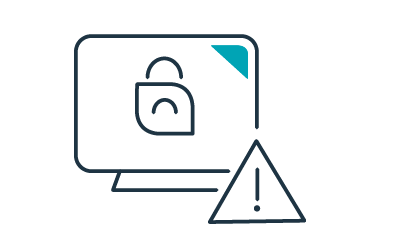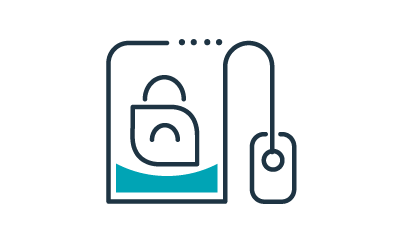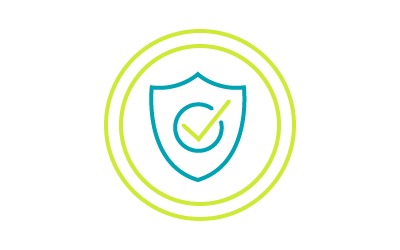Organizations facing cyber threats are embracing zero trust, a security mindset that protects high-value assets in real time. But cybersecurity teams can’t just buy a zero trust architecture at the store. To put zero trust fully into action, teams need to scrutinize an organization’s strengths and challenges and then chart a path to a zero trust architecture. In this way, organizations can turn core zero trust principles—assume a breach; never trust, always verify; allow only least-privileged access—into concrete solutions that support key missions and strategic objectives.












